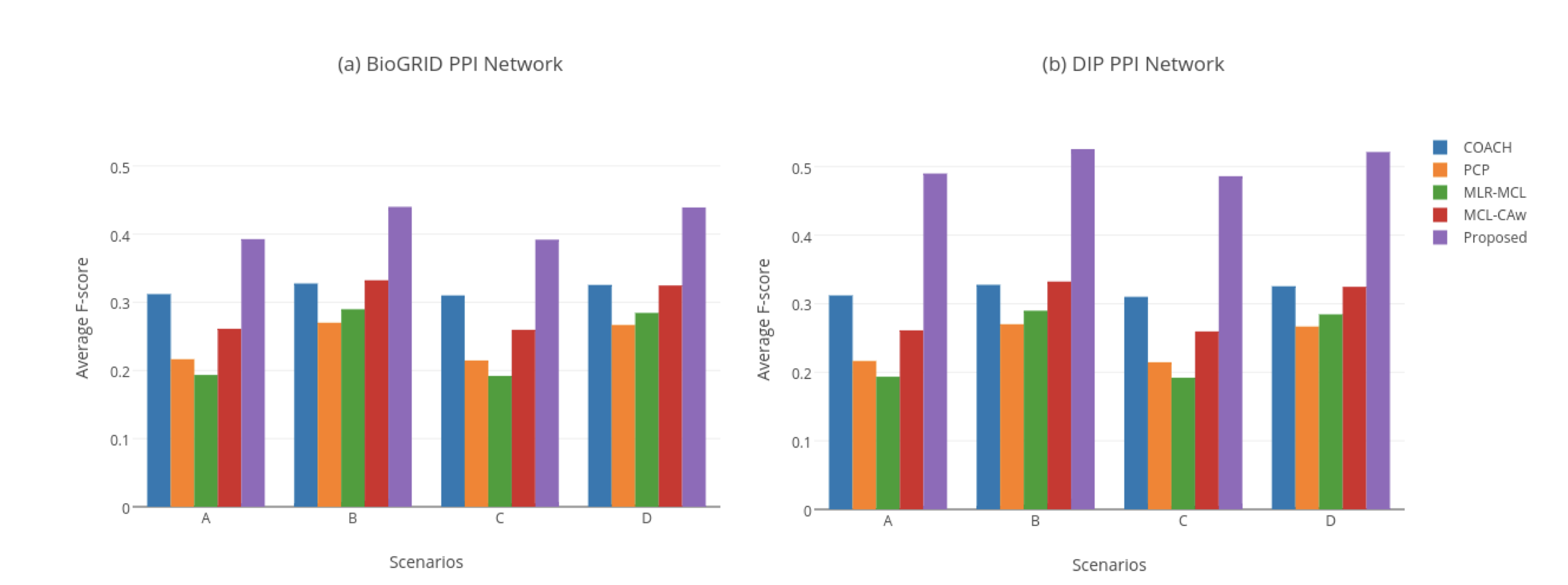VOLUME 10 NUMBER 1 (January to June 2017)

Philipp. Sci. Lett. 2017 10 (1) 50-57
available online: June 24, 2017
*Corresponding author
Email Address: john_justine.villar@upd.edu.ph
Received: July 4, 2016
Revised: May 1, 2017
Accepted: June 2, 2017
ARTICLE
A Hybrid method for protein complex prediction in weighted protein-protein interaction networks
2Institute of Chemistry, Faculty of Materials Science and Engineering, University of Miskolc, 3515 Miskolc-Egyetemváros, Hungary
Due to the significance of protein-protein interactions (PPIs) in regulating many significant cellular functions, many studies have focused on detecting protein complexes within PPI networks (PPINs) using computational methods. While a number of these methods are based on graph clustering, experimental studies have revealed that several relevant biological insights about protein complexes are not reflected in these methods. This paper proposes an algorithm that combines an extension of the Markov cluster algorithm (MCL), called the MLR-MCL with balance, and a core-attachment scheme to cluster PPINs. This algorithm was run on the BioGRID and DIP yeast PPI networks, and the output clusters were compared against the CYC2008 protein complex data (Pu et al 2009) by computing F-scores for the predicted complexes. The clustering results showed an improvement in average F-scores between 25.6% to 153.3% with respect to those resulting from clustering done on two datasets, as compared to three other clustering algorithms. Also, the proposed algorithm yielded an improvement of 59.1% for BioGRID and 81.4% for DIP dataset, as compared to original MLR-MCL with balance. These values reflect the positive effect of applying biological information to a pure, graph-theoretic clustering algorithm.
© 2025 SciEnggJ
Philippine-American Academy of Science and Engineering